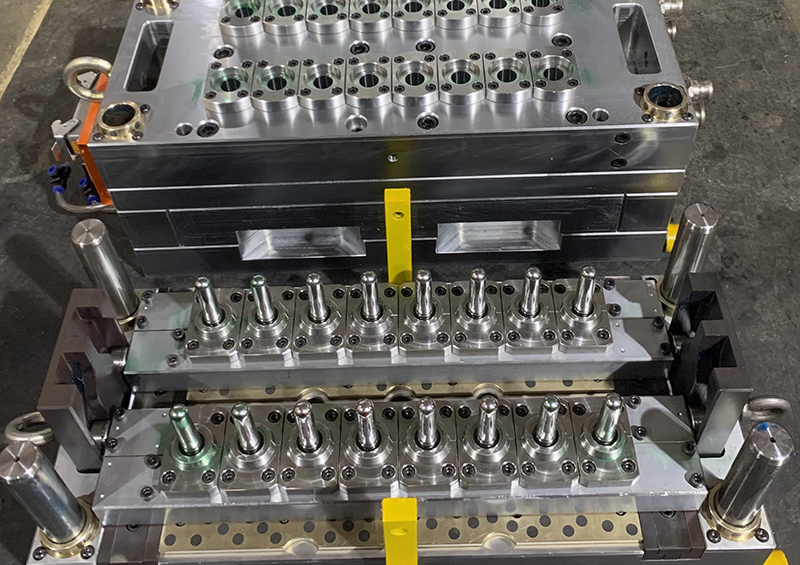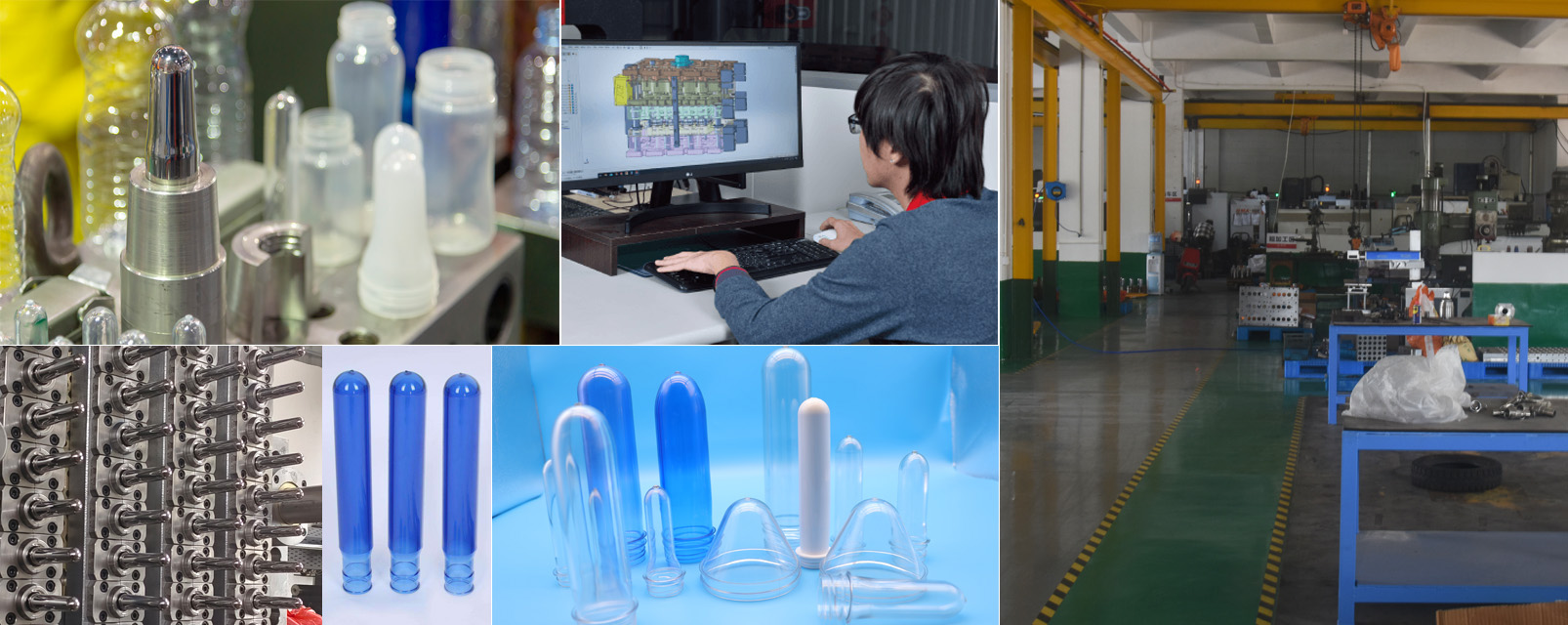PET Preform Mold Manufacturing, APEX Design, and Pricing: A Complete Guide with SEO Insights

PET Preform Mold Manufacturing, APEX Design, and Pricing: A Complete Guide with SEO Insights
The production of PET preform molds is a cornerstone of the packaging industry, enabling the mass creation of uniform, durable plastic bottles. With advancements like APEX preform mold design revolutionizing efficiency and precision, understanding the interplay between manufacturing techniques, design innovations, and cost factors is critical. This article explores the technical nuances of PET preform mold production, APEX design advantages, and pricing dynamics to help businesses optimize their operations.

1. PET Preform Mold Manufacturing: Precision Meets Efficiency
PET preform molds are engineered to produce hollow tube-like preforms, which are later blown into bottles. The manufacturing process demands precision to ensure consistent wall thickness, dimensional accuracy, and high-speed production.
Key Manufacturing Considerations:
Material Selection: High-grade steel (e.g., H13 tool steel or stainless steel) ensures durability for high-volume cycles (1 million+ shots). Aluminum molds are cost-effective for prototypes or short runs.
Multi-Cavity Design: Molds with 8–128 cavities balance productivity and complexity. A 32-cavity mold, for example, can produce 40,000 preforms/day, reducing per-unit costs by 25–30%.
Cooling Systems: Conformal cooling channels improve cycle times by 15–20%, preventing warping and defects.
Surface Treatments: Technologies like PVD coating or nitriding extend mold lifespan by 50% and reduce maintenance costs.
SEO Keywords: PET preform mold manufacturing, multi-cavity mold design, conformal cooling, tool steel molds, high-volume production
2. APEX Preform Mold Design: Innovation Driving Performance
APEX mold design represents a leap forward in preform engineering, integrating automation, simulation, and modularity to optimize performance.
APEX Design Advantages:
Automated Parameter Optimization: AI-driven algorithms adjust gate size, cooling rates, and clamping force in real time, reducing trial runs by 40%.
Simulation-Backed Geometry: Finite Element Analysis (FEA) ensures uniform material distribution, minimizing weight variations (e.g., ±0.2g tolerance).
Modular Components: Interchangeable inserts allow rapid customization for different neck finishes (e.g., PCO 1881, BPF threads) without full mold replacement.
Energy Efficiency: APEX designs reduce cycle times by 12–18% and energy consumption by 20% through optimized thermal management.
Case Study: A beverage company using APEX molds reduced preform weight from 22g to 18g while maintaining burst pressure (≥35 psi), saving $150,000 annually in resin costs.
SEO Keywords: APEX preform mold design, FEA simulation, modular mold components, energy-efficient molds, lightweight preforms

3. PET Preform Mold Pricing: Factors and Cost Breakdown
Mold pricing varies widely based on design complexity, materials, and production scale. Below is a detailed breakdown:
Primary Cost Drivers:
Mold Type:
Aluminum Molds: 15,000 (ideal for prototypes or 10,000–50,000 units).
Steel Molds: 100,000+ (suited for 500,000+ cycles, with lifespans exceeding 5 years).
Cavity Count:
A 16-cavity mold costs 35% more than an 8-cavity design but cuts per-unit costs by 50%.
Design Complexity:
Features like hot-runner systems (+15,000) add cost but enhance efficiency.
Customization:
Unique neck designs (e.g., sports caps) or logos increase machining time, raising costs by 10–20%.
Geographic Factors:
Molds manufactured in Asia cost 30–50% less than EU/US counterparts but may lack advanced certifications.
ROI Example:
A 0.03/unit achieves breakeven in 6 months, with long-term savings from reduced material waste.
For tailored solutions, consult manufacturers specializing in APEX designs and high-performance PET molds.

